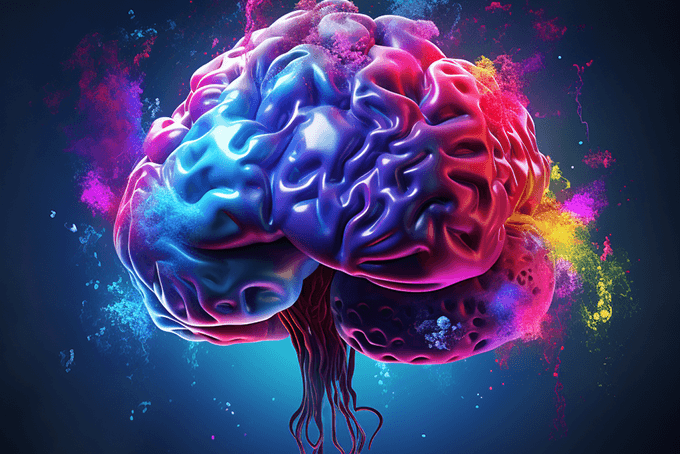Have you ever stopped to wonder if the vibrant blue of the sky looks the same to everyone? Or pondered whether your friend’s favorite “red” sweater might look subtly different to your eyes? If so, you’re not alone. The way we perceive color is a surprisingly personal – and surprisingly complex – matter.
Eyes on the Prize
Let’s start with the basics. Our eyes have specialized cells called cones that detect light. We have three types of cones, each sensitive to different wavelengths of light – roughly corresponding to red, green, and blue. When light hits our eyes, it triggers these cones in different combinations, sending signals to the brain that translate into the colors we see.
Your Brain, the Colorist
But the story doesn’t end there. Our brains play a huge role in coloring our world. They process those cone signals, taking into account things like context, memory, and even our emotions. This means that how we interpret color is influenced by a whole host of individual factors.
Genetics & Variation
Small genetic differences can change the way our cones function. This could mean subtle shifts in how sensitive each cone type is to particular wavelengths of light. Additionally, some people (particularly women) have a fourth type of cone, leading to a potential for even richer color perception!
Let There Be (Different) Light
The color of the light around us dramatically affects how we perceive colors. Think of how a bright red dress will appear a deeper, more muted shade in a dimly lit room! That’s because different types of light contain different combinations of colors, influencing what those cones signal to our brains.
The Bottom Line
While we all might agree on calling the sky “blue,” the chances are that my blue is a subtly different shade than yours. There’s no way to ever definitively know if what we internally experience as a color matches another person’s perception.
This leads us to a fascinating philosophical question: Can colors be truly objective, or do they exist entirely within our own minds? Maybe it’s a question meant to be pondered and not just answered.





